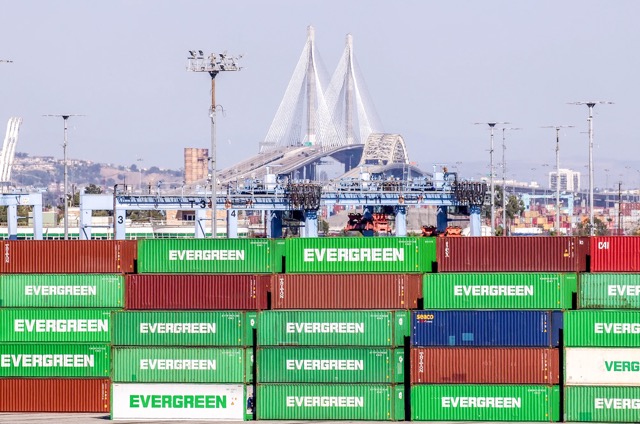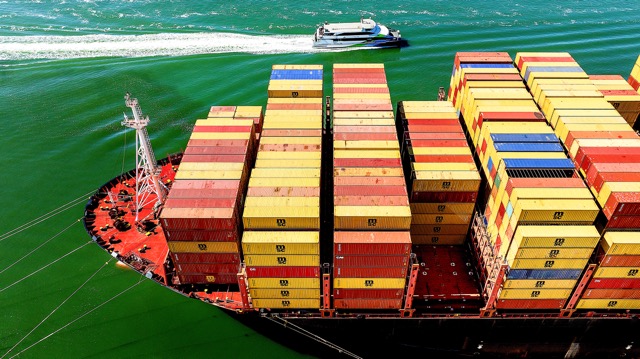Cargo Movement
SAN PEDRO (CNS) – As retailers and manufacturers seek to get ahead of tariffs, Port of Los Angeles officials Wednesday said July was the busiest month on record with dockworkers handling 1,019,837 twenty-foot equivalent units, an increase of 8.5% compared to the same time last year.
Loaded imports stood at 543,728 TEUs, an 8% increase compared to July 2024. Loaded exports landed at 121,507 TEUs, a 6% increase, and the port also processed 354,602 empty container units, a 10% increase.
Seven months into 2025, the port has handled nearly 6 million TEUs, or a 5% increase compared to the same period in 2024.
“Shippers have been front-loading their cargo for months to get ahead of tariffs and recent activity at America’s top port really tells that story,” port Executive Director Gene Seroka said during a media briefing Wednesday.
“Port terminals in July were jam-packed with ships loaded with cargo, processed without any delay — much to the credit of our dedicated longshore workers, terminal and rail operators, truckers and supply chain partners,” Seroka added.
According to Seroka, the port had 107 ship calls in July, 30% more than average over the past five years. Another 11 unscheduled ships arrived, which officials call “extra loaders.”
President Donald Trump’s latest tariffs went into effect Aug. 1, pushing the effective tariff rates to the “highest point in nearly a century,” port officials said.
China’s tariff rates stood at 55%. Trade framework deals with Japan, South Korea and the European Union have tariff rates at 15%. While Indonesia, Malaysia and the Philippines negotiated a 19% rate, Vietnam and Taiwan sat in at 20%.
Beyond these deals, India and Brazil have tariff rates at 50%, Seroka said.
“All this means higher prices, fewer selections and probably lower inventories,” Seroka said. “As we look to the back half of this year already, the Ford Motor Company, Procter and Gamble, Walmart, Nike, Mattel and many others have announced price hikes.”
Zachary Rogers, an assistant professor of supply chain management at Colorado State University, joined Seroka for Wednesday’s briefing. He is a lead author of the Logistics Managers Index, a monthly survey of logistics managers across various industries that serves as a key indicator of industry’s expansion or contraction.
The LMI recorded a robust rate of growth in July, driven by movements in inventories and their costs.
“Inventories are very expensive right now,” Rogers said, citing tariffs and how much inventory is already present.
“We haven’t seen the big price increases yet, but early indicators look like we are going to start seeing those more at the consumer level,” he added.
For More Economic News Visit www.zapinin.com



